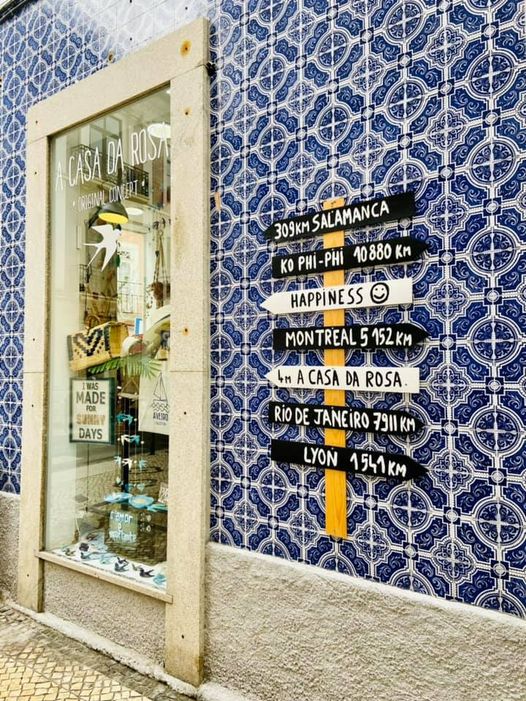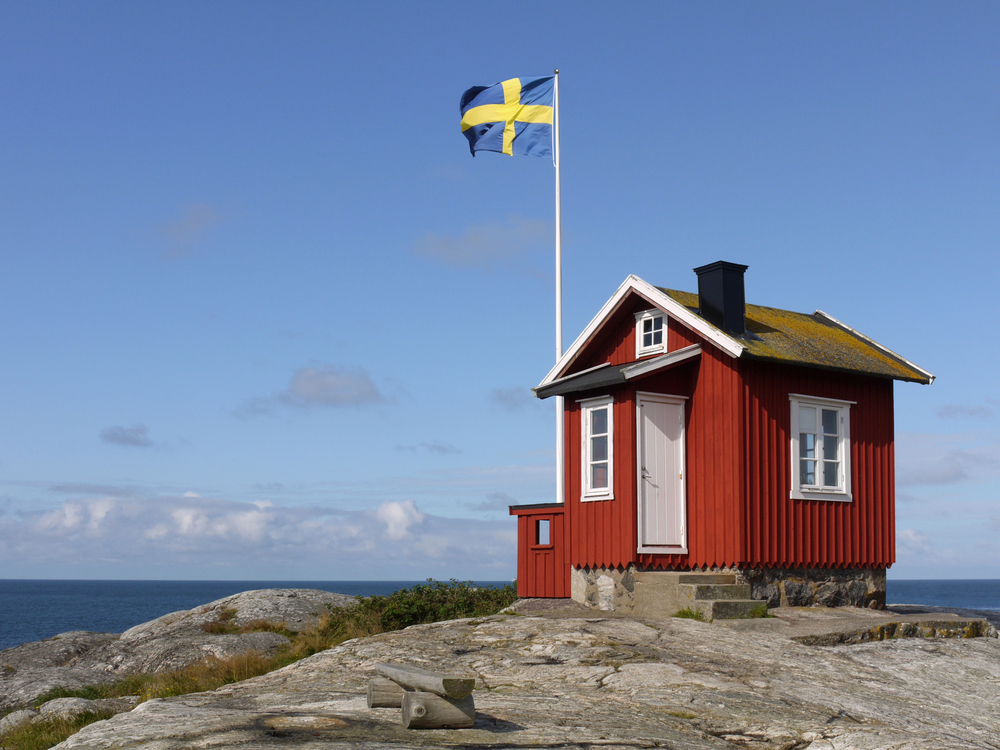A city can be shaped by many things—its food scenes, for example, or abundance of shopping options. But perhaps nothing can define a place quite as distinctly as its architecture. Whether it’s through thoughtful urban planning or adapting to cultural movements, the visual design of a city can transport you through time, while planting you firmly in a very specific place. Need convincing? These are the world’s 10 best cities for architecture, from Budapest to New York, which I had the chance to visit either alone or together with my daughter till now.
Budapest, Hungary: Art Nouveau
Art Nouveau came into fashion in Budapest in the late 19th century to early 20th century, and the city remains one of the best places to see the architectural style today. One can find curving forms, organic shapes, use of iron and glass, and colorful flourishes all over this stretch of the Danube, including the Gresham Palace, Hotel Gellért and spas (pictured), Museum of Applied Arts, Budapest Zoo and Botanical Garden.
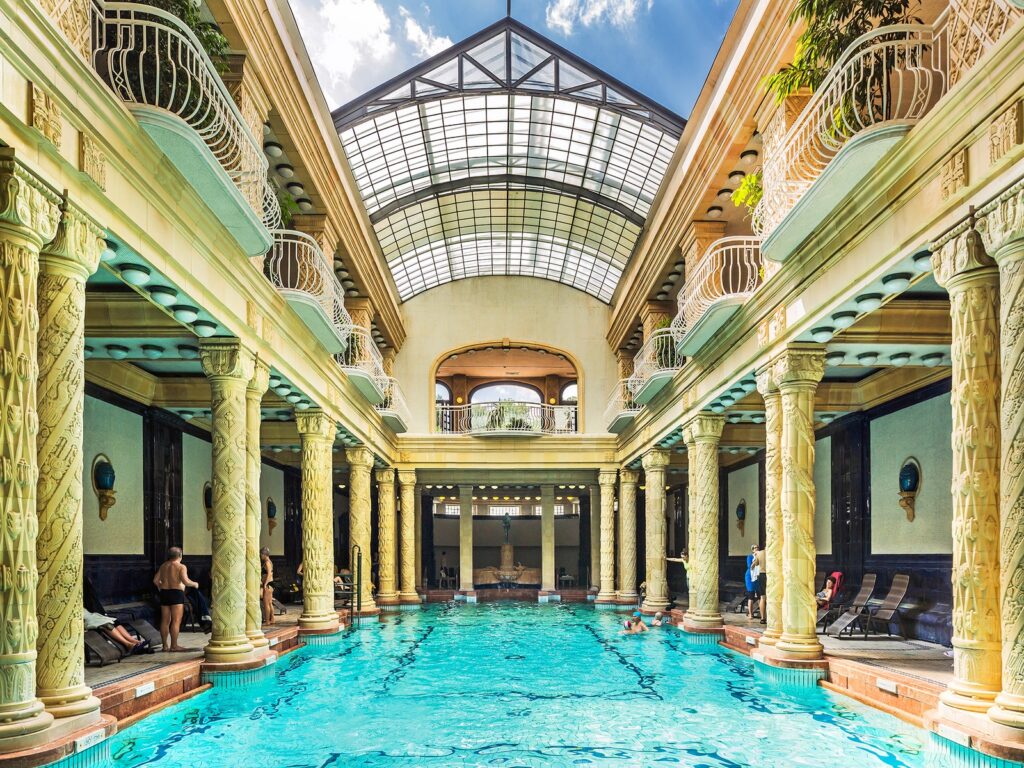
Rome, Italy: Baroque
The Romans were known for being great innovators, so it should come as no surprise that the city of Rome has exemplified and adapted to pretty much every architectural style since the ancient Classical movement (Romanesque, Gothic, Renaissance—you name it). Today, the city is one of the biggest centers of 17th-century Baroque architecture, known for its grandiosity, opulence, and contrast between light and shadow. One may visit Rome’s St. Peter’s Square, Santi Luca e Martina, or Trevi Fountain (pictured) to see the dramatic style in person.
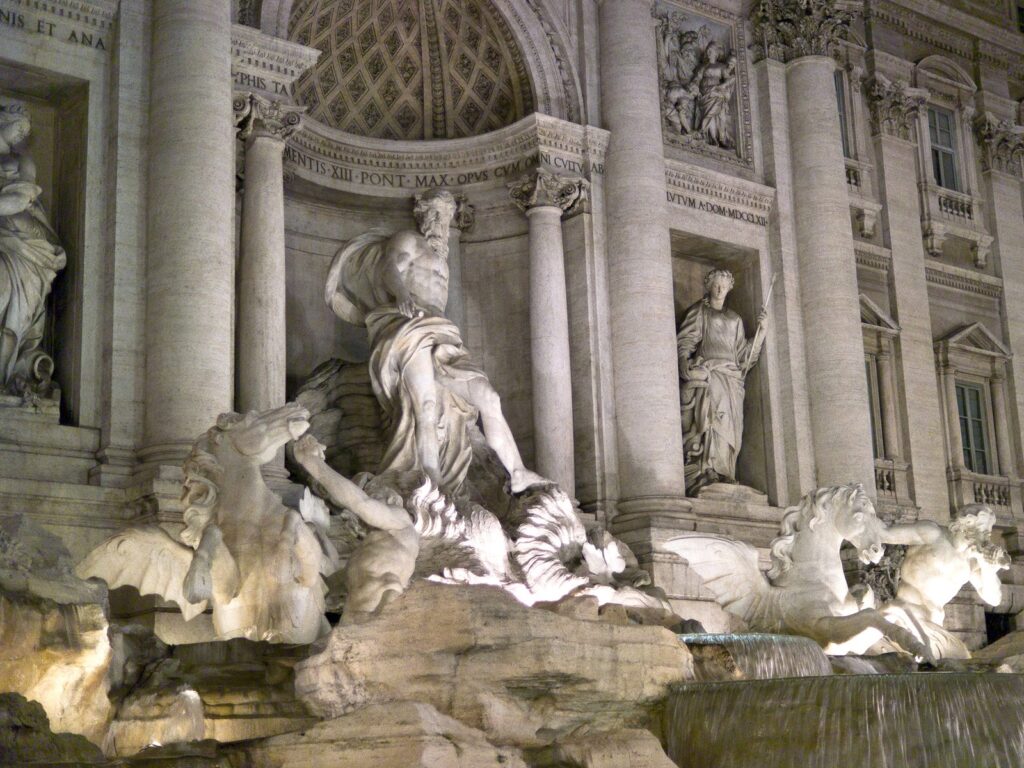
Tel Aviv, Israel: Bauhaus
Recognized as aUNESCO World Heritage, Tel Aviv’s “White City” contains 4,000 International Style buildings, many of which were built in the 1930s and 1940s. To accommodate the influx of Jewish immigrants fleeing Europe, German Bauhaus-trained architects integrated the modern style’s affordable and functional building techniques with curved lines and a color well-suited for the Mediterranean climate to create a habitable city by the sea.
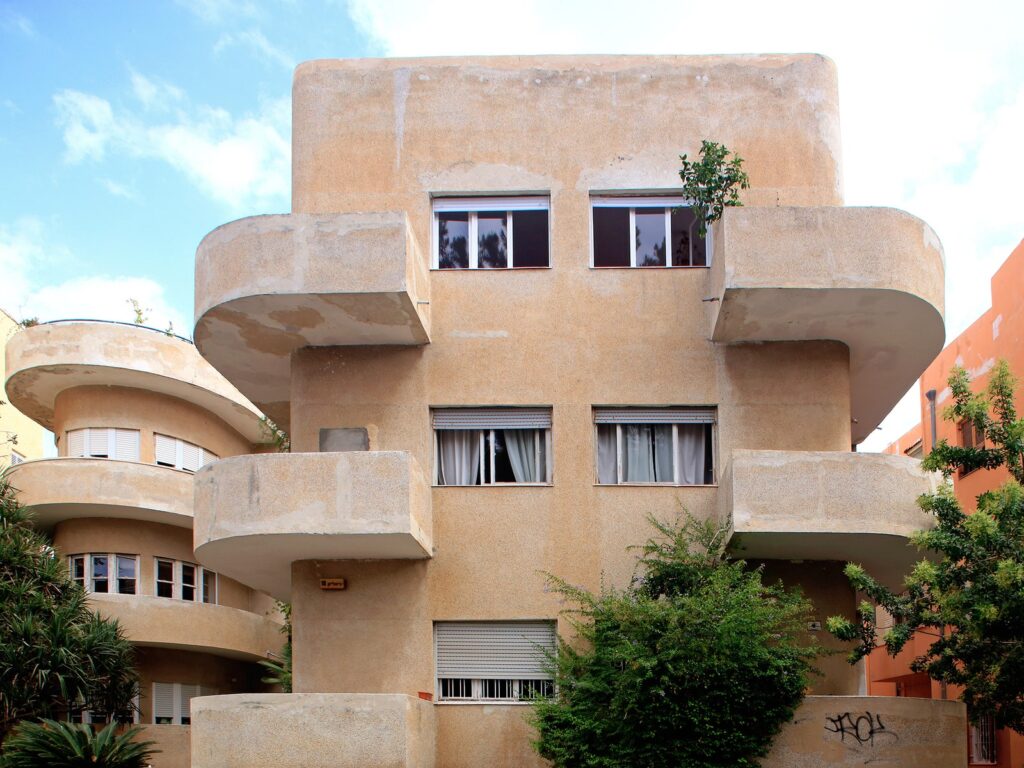
Barcelona, Spain: Catalan Modernism
Taking cues from modern Gothic and oriental techniques, the early-19th-century Catalan architect Antoni Gaudi wanted to create organic, urban spaces in the city he loved. A walk around Barcelona leads you through the largest concentration of his signature ceramic and stained-glass mosaics, as well as his undulating stonework and ironwork, which include Park Güell and culminate in his unfinished masterpiece La Sagrada Família (pictured).
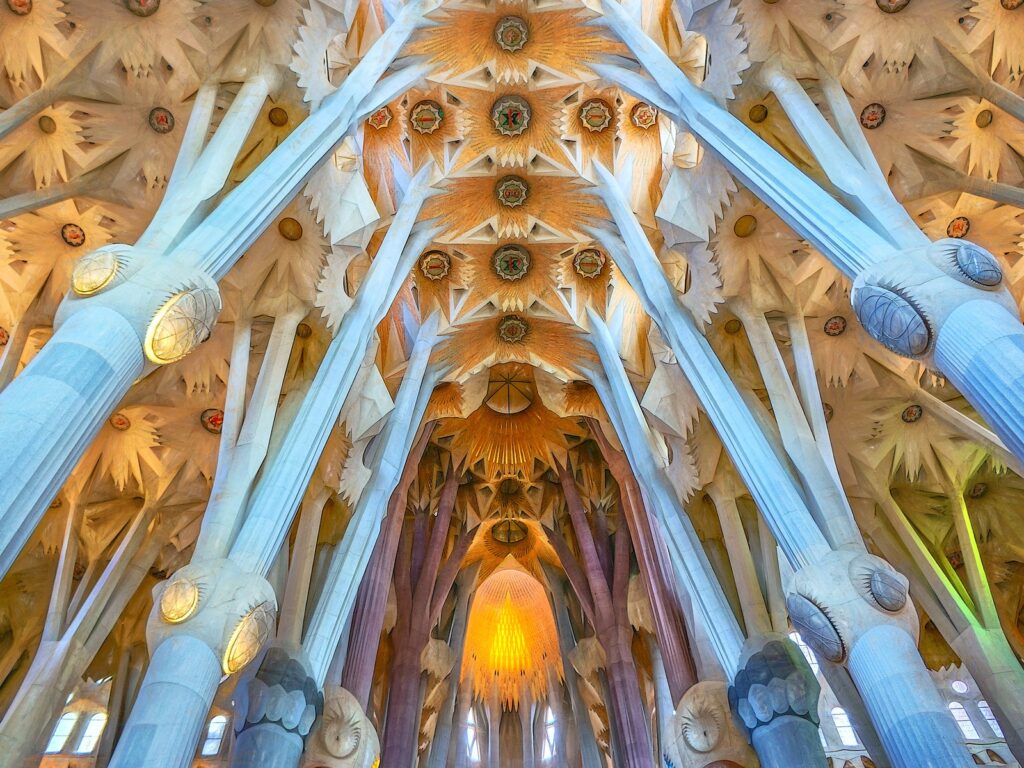
Florence, Italy: Renaissance
It’s hard to escape Renaissance aesthetics in Florence, the birthplace of the late-14th-century movement. The era’s embellished but symmetrical and geometrical structures—columns and domes—and emphasis on realism and the human form departed from the irregular and severe lines of the Medieval period. They’re most visible at Florence’s Doumo and Basilica of Santa Maria Novella.
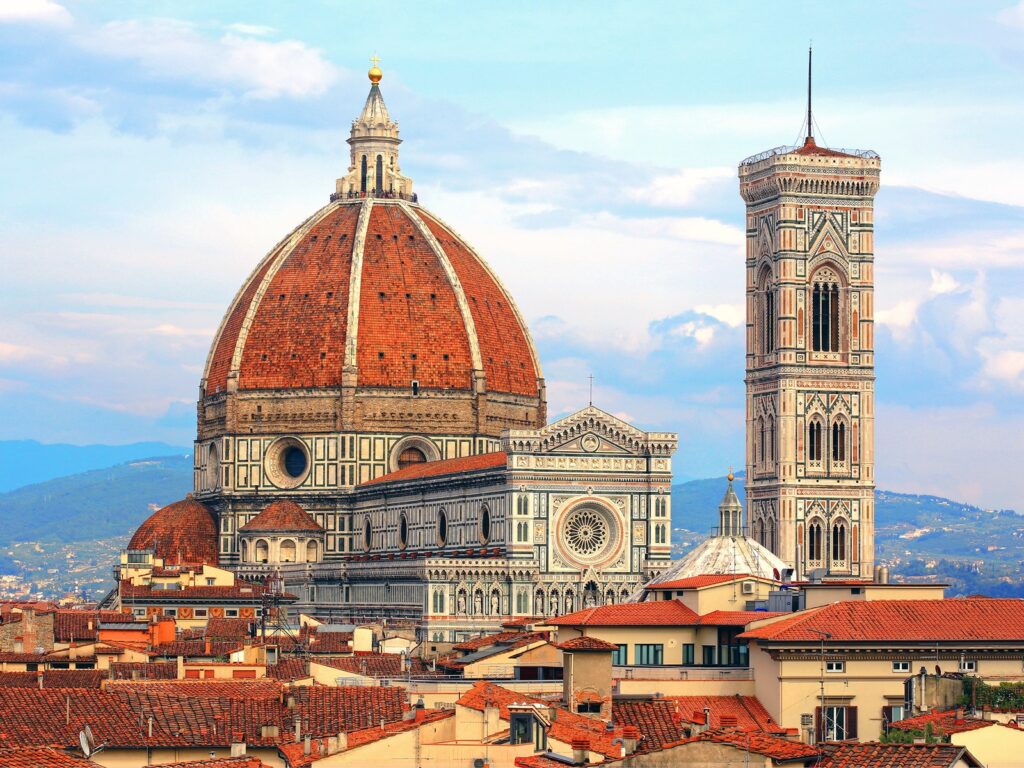
Dubai, United Arab Emirates: Contemporary
Over the course of ten years, Dubai’s landscape has transformed. Home to the world’s tallest building, a seven-star hotel (the Burj al Arab), and the only man-made archipelago modeled after the seven continents, Dubai’s development has lured top contemporary architects like Zaha Hadid and Rem Koolhaas to feed into its outdoor design frenzy.
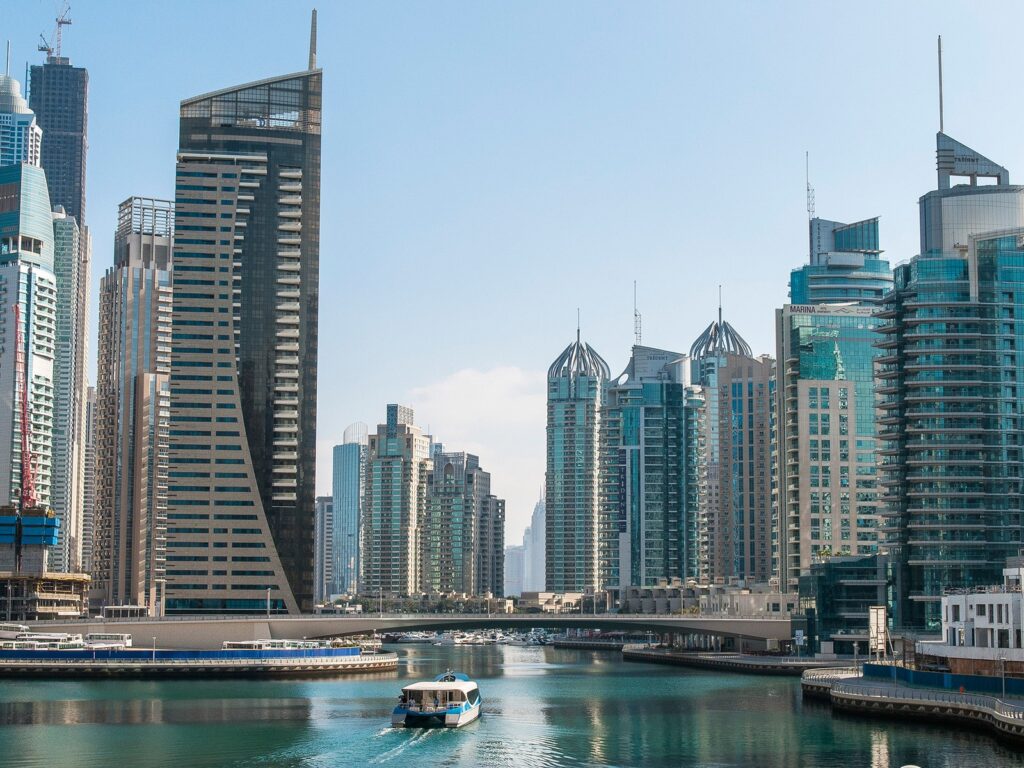
Marrakech, Morocco: Moorish Architecture
The presence of riads, palaces with interior courtyards and gardens and open skylights, are specific to Morocco and essential to Islamic design because of their emphasis on privacy. The lack of street-level windows and the use of clay walls also lends to the feeling of intimacy and grace. The density of Marrakech’s riads—combined with the city’s mosques, minarets, and mosaics—makes it an exceptional place to view the Moorish architecture of the 12th through 17th centuries.
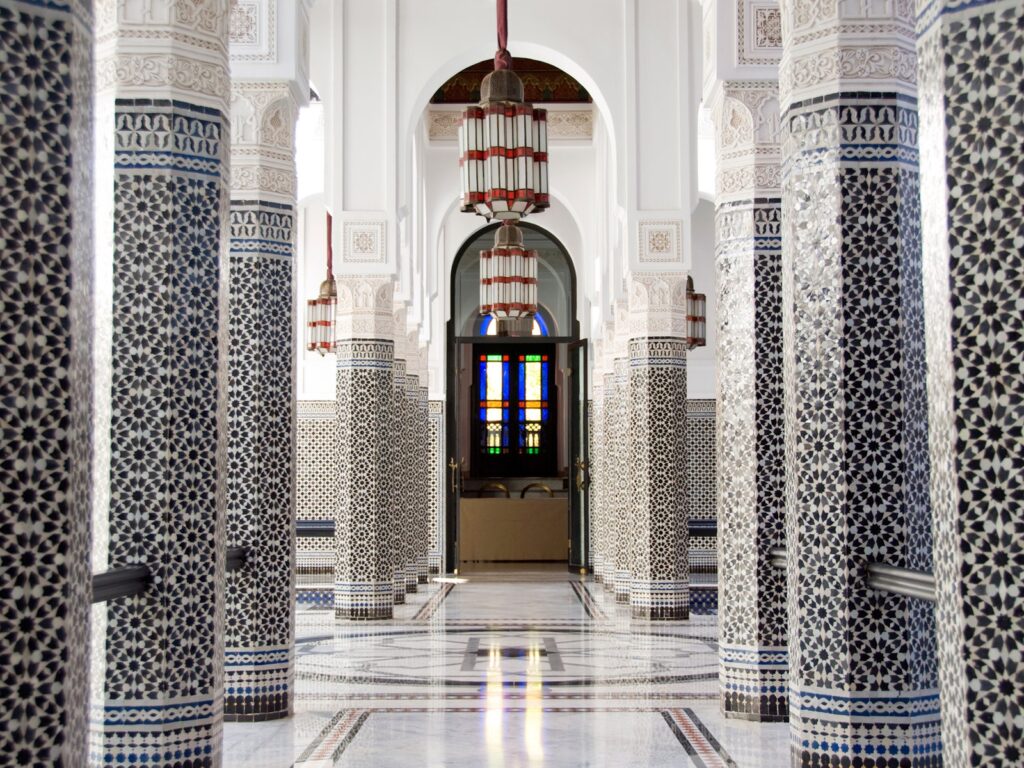
Oxford, England: Gothic Revival
Poet Matthew Arnold once called Oxford the “city of the dreaming spires.” Taking notes from earlier Medieval stonework, the towers of Oxford’s mid-19th-century Gothic Revival skyline define the city, embedding it with a sense of gravity and academic prowess—just like its namesake university.
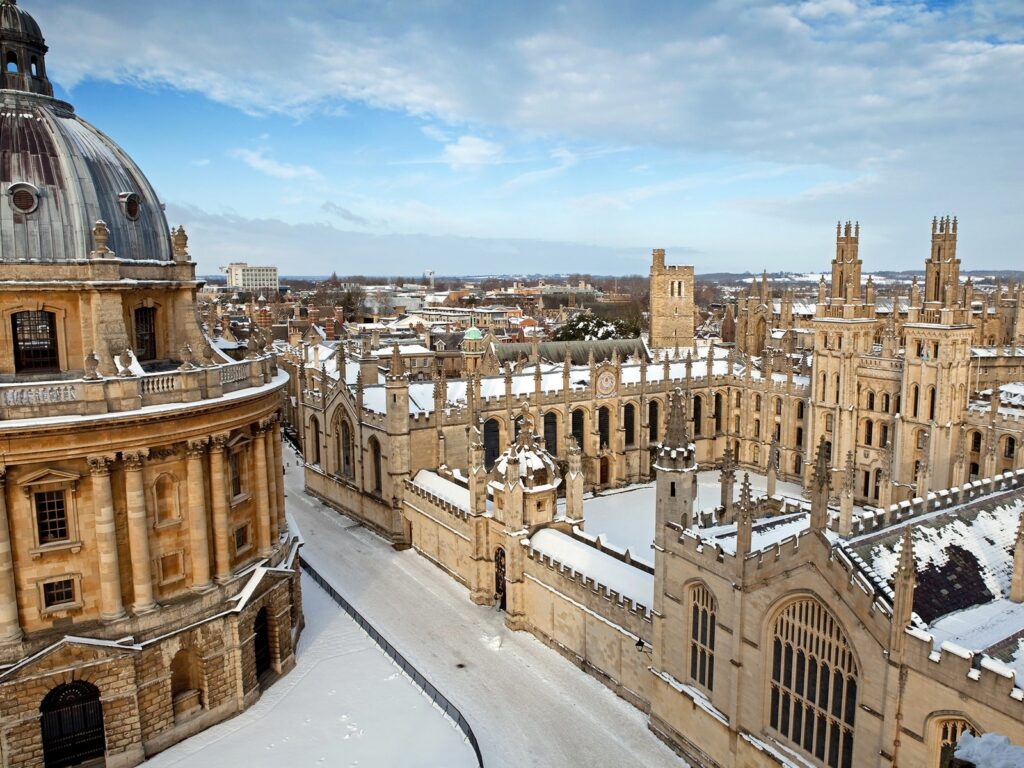
Ditmas Park, Brooklyn, New York: Victorian
The hundreds of free-standing 1900s Victorian single-family mansions transport visitors to another time and city, when developer Lewis Pounds helped create an ornate, middle-class pocket south of Prospect Park (on farmland previously owned by the Van Ditmarsen family), replete with wraparound porches and manicured lawns.
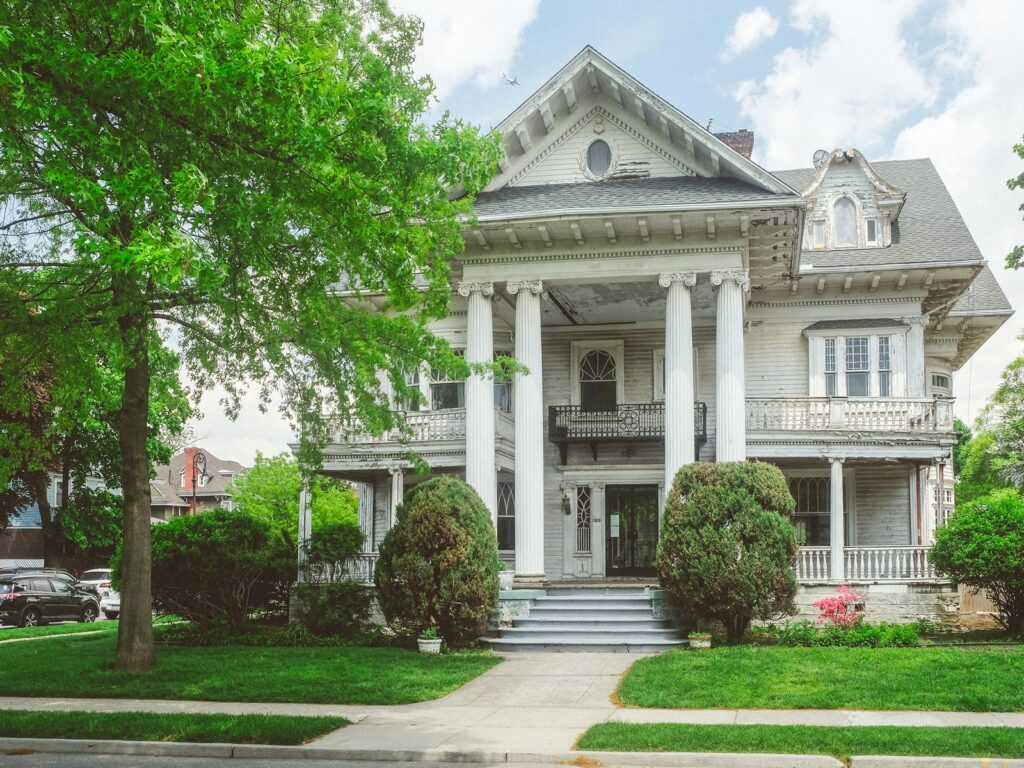
St. Petersburg, Russia: Rococo
Due to the damn pandemic, we didn’t get the chance to put our feet in this wonderful city yet, although the whole trip was paid and planned into the last details. You may read more about our cancelled trip to Russia here: https://wevoyagingtheworld.com/stayhome-instead-of-with-love-from-russia/
The Rococo movement came about in the 18th century in France as a way to fight against the strict, symmetrical Baroque style that came before it. While both movements are known for their richly decorated architecture styles, Rococo has elements all of its own: think curves, pale colors, and secular, light-hearted themes. The style made its way across Europe, where it found favor with the female rulers in St. Petersburg. The Catherine Palace (commissioned by Catherine I and expanded by her daughter, Empress Elizabeth) is by far the most famous example in the area.
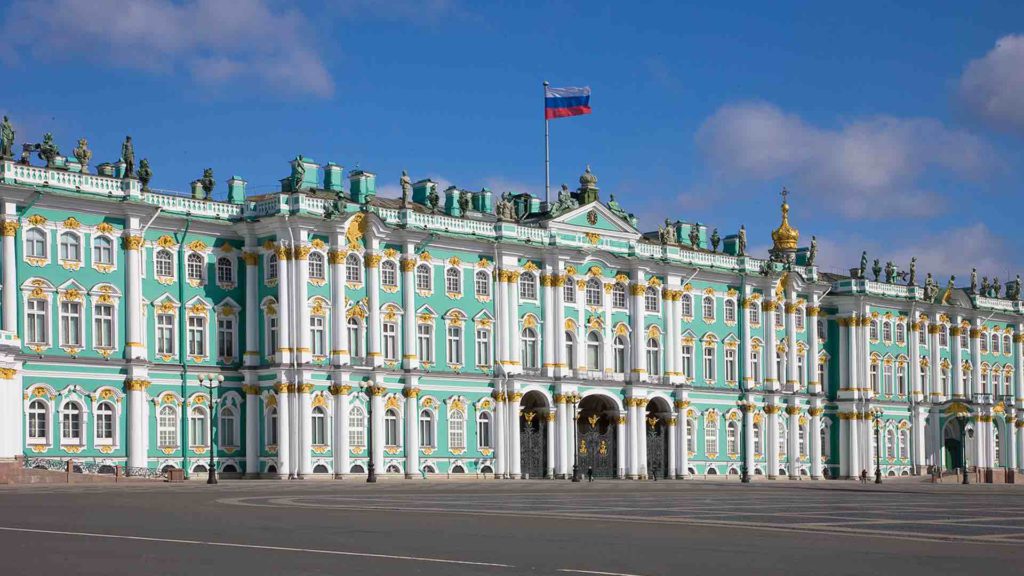
I hope this article will help you plan your visit around the world’s best architecture cities.
Which other beautiful architecture cities did you have the chance to visit till now and would you suggest adding to our list? As always, if you have any comments, questions, or suggestions, please leave them below.
If it has been useful, you can help me or your friends by sharing it on your social networks.
SHARING IS CARRING! 🙂
Thank you! 🙂


